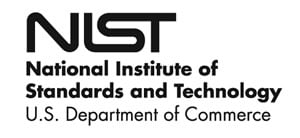RSS Feed Source: MIT Technology Review
Rumors of the ongoing death of software development — that it’s being slain by AI — are greatly exaggerated. In reality, software development is at a fork in the road: embracing the (currently) far-off notion of fully automated software development or acknowledging the work of a software developer is much more than just writing lines of code.
The decision the industry makes could have significant long-term consequences. Increasing complacency around AI-generated code and a shift to what has been termed “vibe coding” — where code is generated through natural language prompts until the results seem to work — will lead to code that’s more error-strewn, more expensive to run and harder to change in the future. And, if the devaluation of software development skills continues, we may even lack a workforce with the skills and knowledge to fix things down the line.
This
Click this link to continue reading the article on the source website.


